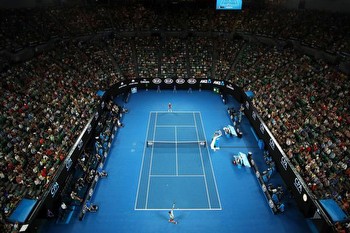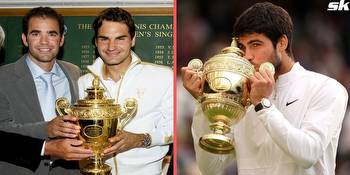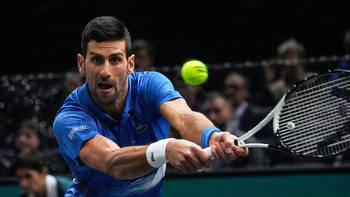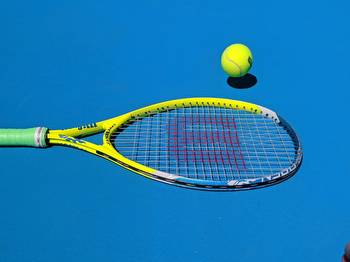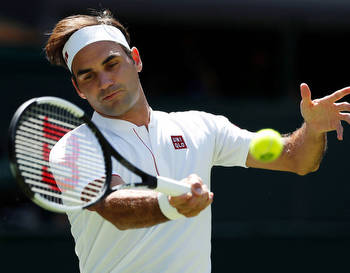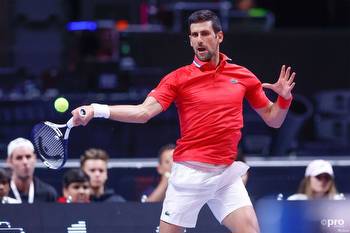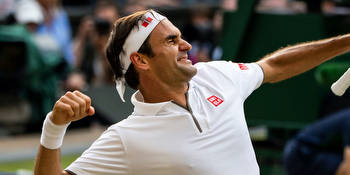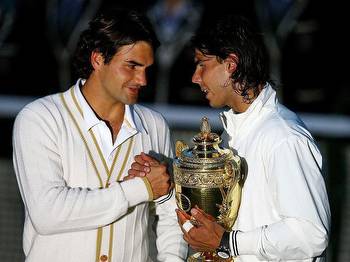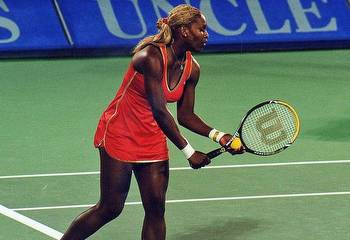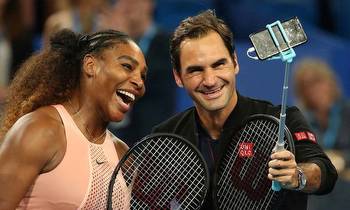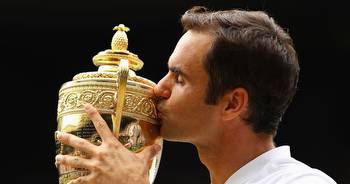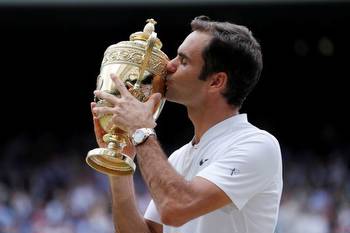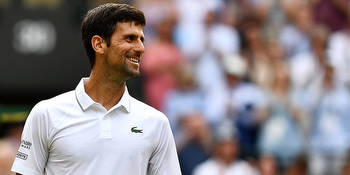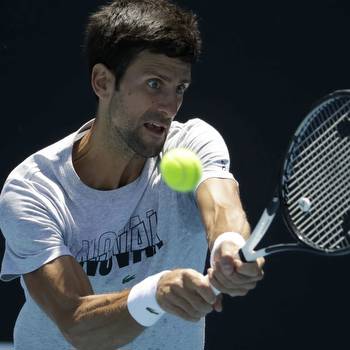A celebration of diversity and inclusion

Wimbledon is not only a showcase of tennis excellence but also a celebration of diversity and inclusion. The prestigious tournament, which has been held since 1877, attracts players and fans from all over the world who share a passion for the sport and its traditions. Wimbledon is also committed to making tennis accessible and welcoming to everyone, regardless of age, disability, gender identity, race, religion, or sexual orientation.
Wimbledon’s varied organization encourages inclusivity
One of the ways that Wimbledon promotes diversity and inclusion is by having a diverse and inclusive organization behind it. The All England Lawn Tennis Club (AELTC), which organizes Wimbledon, has a Diversity and Inclusion Policy that states its vision to “confront and eliminate discrimination” in all aspects of its operations. The AELTC also has a new leadership team that reflects this vision: Sally Bolton became the first female chief executive officer in 2020, while Ian Hewitt succeeded Philip Brook as chairman. Both Bolton and Hewitt have expressed their desire to make Wimbledon more diverse and inclusive in terms of players, staff, partners, and spectators.
Wimbledon fosters inclusion by promoting tennis participation at all levels
Another way that Wimbledon celebrates diversity and inclusion is by supporting initiatives that aim to increase participation and representation in tennis at all levels. For example, Wimbledon works closely with British Tennis, which is the umbrella organization for the Lawn Tennis Association (LTA), Tennis Scotland, Tennis Wales, and the Tennis Foundation. British Tennis has a Diversity and Inclusion Policy that outlines its goals to “make tennis diverse by attracting people from different backgrounds” and “make tennis inclusive by ensuring people feel valued.” Some of the programs that British Tennis runs or supports include:
– The SERVES program, which delivers tennis sessions in community venues such as parks, youth clubs, and mosques
– The Open Court program, which provides opportunities for disabled people to play tennis
– She Rallies program, which encourages more women and girls to get involved in tennis
– The Advantage program, which offers mentoring and scholarships for young players from disadvantaged backgrounds
– The LTA Youth program, which introduces children aged 4-18 to tennis through fun activities
Wimbledon also celebrates diversity and inclusion by showcasing the achievements of players from different backgrounds who have made history at the tournament. Some examples are:
– Althea Gibson, who became the first black player to win Wimbledon in 1957
– Arthur Ashe, who became the first black man to win Wimbledon in 1975
– Martina Navratilova, who won a record nine singles titles at Wimbledon between 1978 and 1990
– Billie Jean King, who won six singles titles at Wimbledon between 1966 and 1975
– Roger Federer, who won eight singles titles at Wimbledon between 2003 and 2017
– Serena Williams, who won seven singles titles at Wimbledon between 2002 and 2016
These are just some of the ways that Wimbledon demonstrates its commitment to diversity and inclusion. By doing so, Wimbledon not only honors its rich heritage but also embraces its bright future as a global event that celebrates tennis excellence as well as human diversity
How Unlikely Heroes Triumphed at Wimbledon
Wimbledon is the most prestigious and oldest tennis tournament in the world. It is also the most challenging one, with a grueling grass court surface and a strict dress code. Only the best of the best can hope to lift the coveted trophy and etch their names in history.
But sometimes, miracles do happen. Sometimes, the underdogs defy all odds and achieve greatness on the hallowed grounds of Wimbledon. Sometimes, they inspire us with their courage, determination, and passion. Here are some of the most unlikely heroes who triumphed at Wimbledon.
Goran Ivanisevic (2001)
Goran Ivanisevic was a talented but erratic player who reached three Wimbledon finals in 1992, 1994, and 1998 but heartbreakingly lost them all. He was ranked 125th in the world and had to rely on a wild card entry to play at Wimbledon in 2001. He was given little chance of making any impact, let alone winning the title.
But Ivanisevic proved everyone wrong. He played with incredible power and emotion, beating former champions like Carlos Moya and Marat Safin on his way to the final. There he faced Pat Rafter, another popular player who had also lost two previous Wimbledon finals. The match was a classic thriller that went to five sets and was decided by a single break of serve in the final game. Ivanisevic finally fulfilled his dream of winning Wimbledon, becoming the first wild card and lowest-ranked player ever to do so. He celebrated with tears of joy and disbelief, as did his loyal fans who had supported him throughout his career.
Maria Sharapova (2004)
Maria Sharapova was only 17 years old when she entered Wimbledon in 2004 as an unknown teenager from Russia. She had shown some promise by reaching the quarterfinals of the French Open earlier that year, but she was still considered a long shot for Wimbledon glory.
Sharapova stunned everyone with her fearless and aggressive game style, blasting her way past top players like Ai Sugiyama and Lindsay Davenport to reach her first Grand Slam final. There she faced Serena Williams, who was the defending champion and had won six of the last eight Grand Slams. Williams was expected to dominate Sharapova with her power and experience.
But Sharapova had other plans. She played with remarkable confidence and composure, hitting winners from all angles and never letting Williams get comfortable on the court. She won in straight sets 6-1 6-4, becoming the second youngest female champion in Wimbledon history after Martina Hingis. She also announced herself as a new star of women’s tennis.
Roger Federer (2017)
Roger Federer is widely regarded as one of the greatest tennis players of all time, if not the greatest. He has won more Grand Slam titles than anyone else (20) and has held the world number-one ranking for a record 310 weeks. He has also won Wimbledon eight times, more than any other male player.
But even Federer had his doubts when he entered Wimbledon in 2017 at age 35. He had missed most of 2016 due to injury and surgery on his knee. He had not won a Grand Slam since 2012 and many thought he was past his prime.
Federer proved them wrong once again. He played some of his best tennis ever at Wimbledon that year, dropping only two sets in seven matches. He beat rising stars like Milos Raonic and Tomas Berdych before facing Marin Cilic in the final. Cilic put up a brave fight but could not stop Federer from winning his eighth Wimbledon title without losing a set – something no other man has done before or since. Federer showed that age is just a number when it comes to talent and passion for tennis.
Wimbledon- where legends are born!
Wimbledon 2023 is coming soon and you don’t want to miss it! Witness the world’s best players compete for the prestigious title on the iconic grass courts of the All England Club. Experience the excitement, drama, and passion that have kept millions of fans interested in this tournament for more than a century. Whether you’re a die-hard fan or a casual spectator, you’ll find something to love at Wimbledon 2023. From the classic strawberries and cream to the royal box, from the nail-biting tiebreaks to the epic comebacks, from the elegant outfits to the roaring crowds, Wimbledon has it all. Don’t wait any longer – buy your Wimbledon tickets now, for a spectacular celebration of tennis history and tradition.

